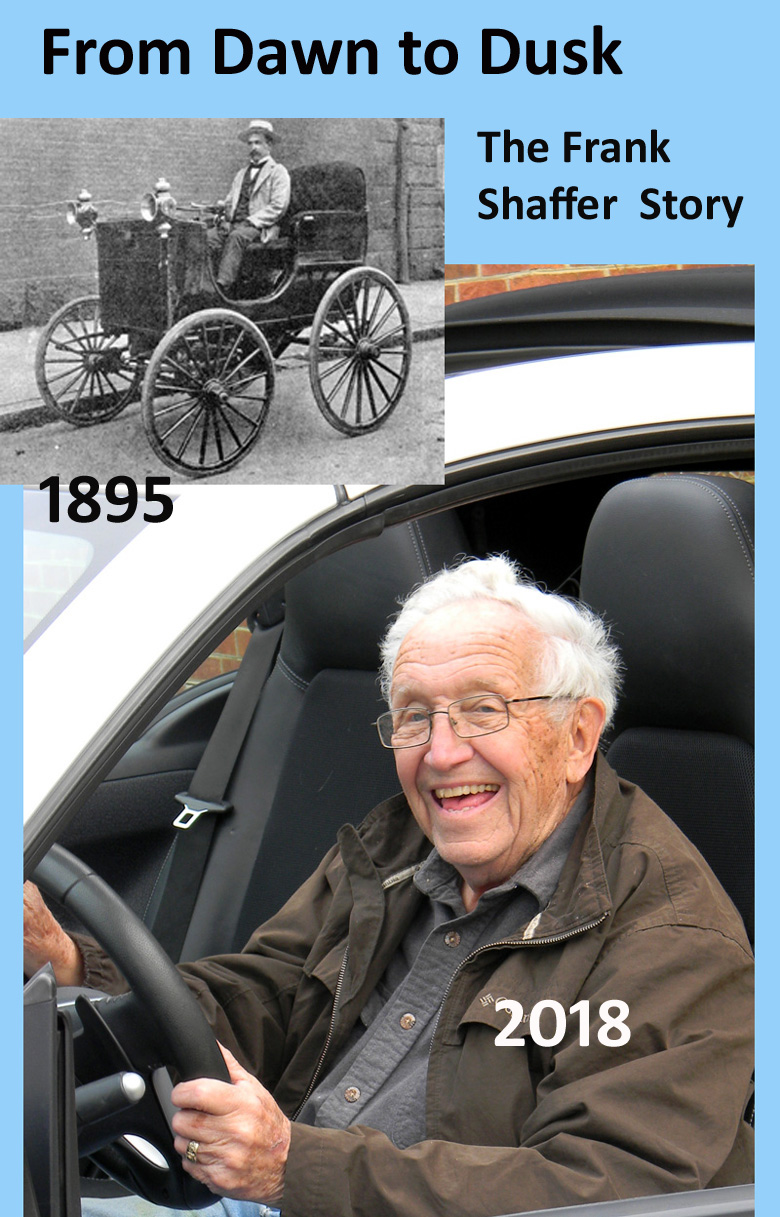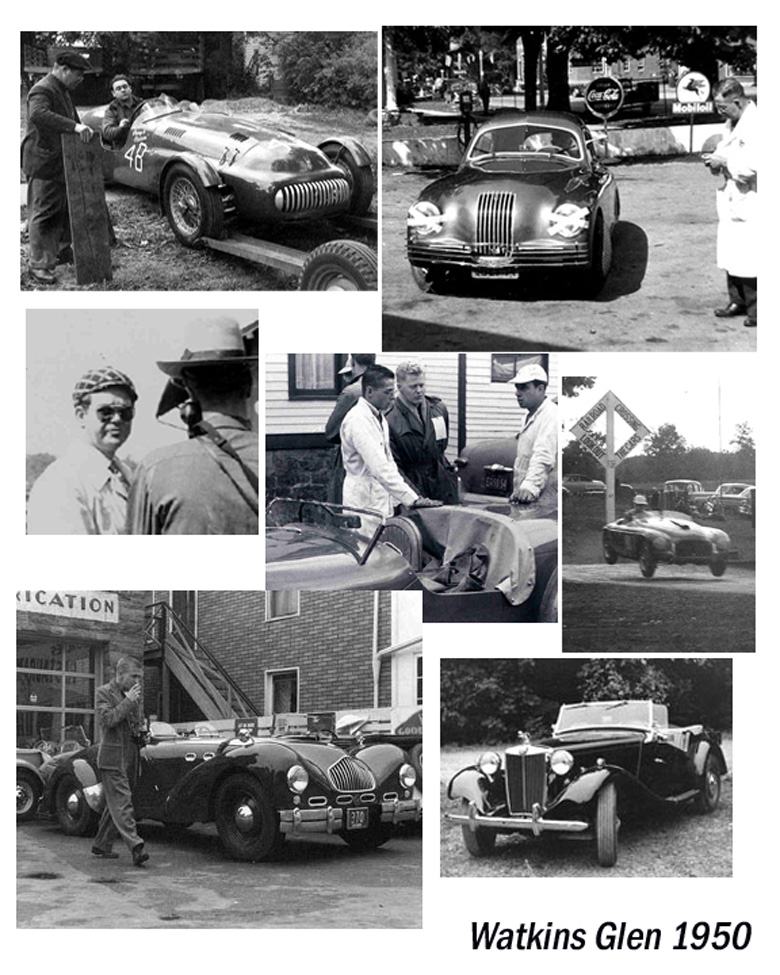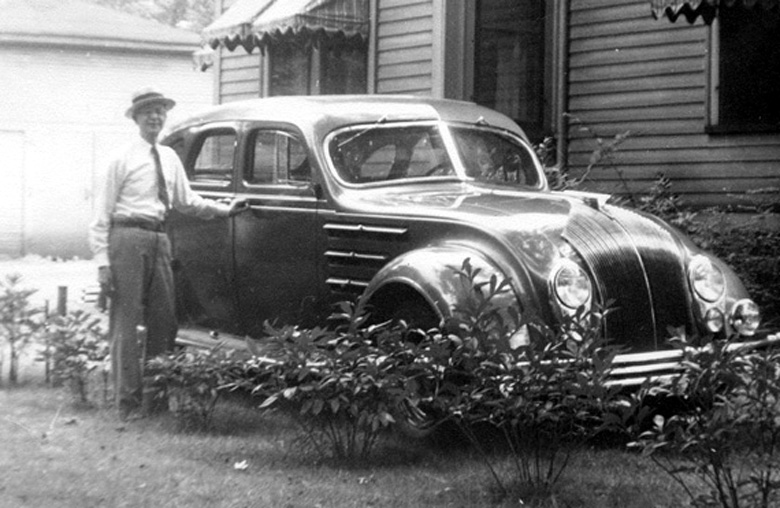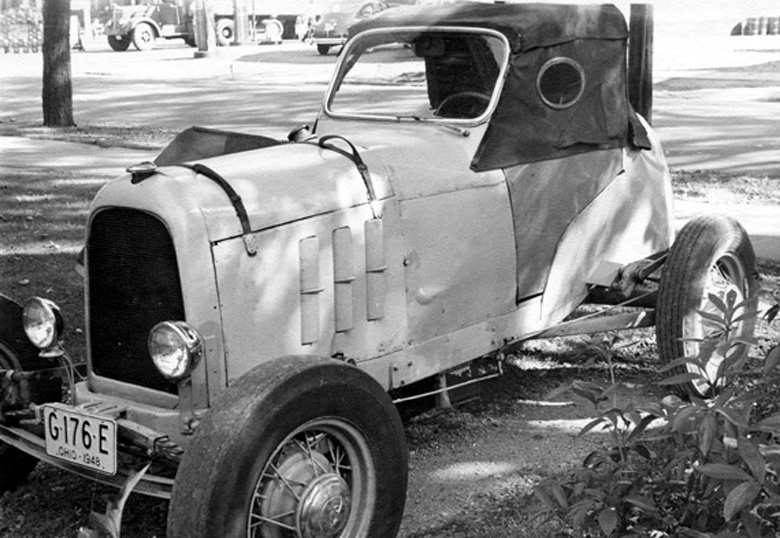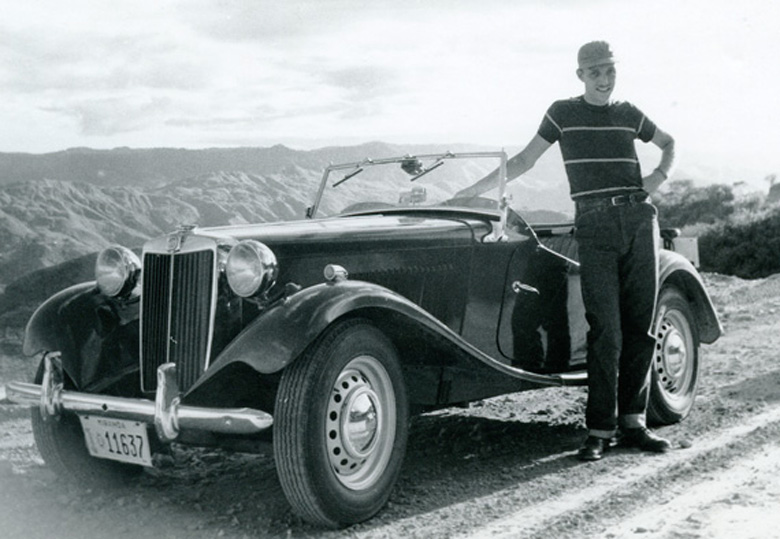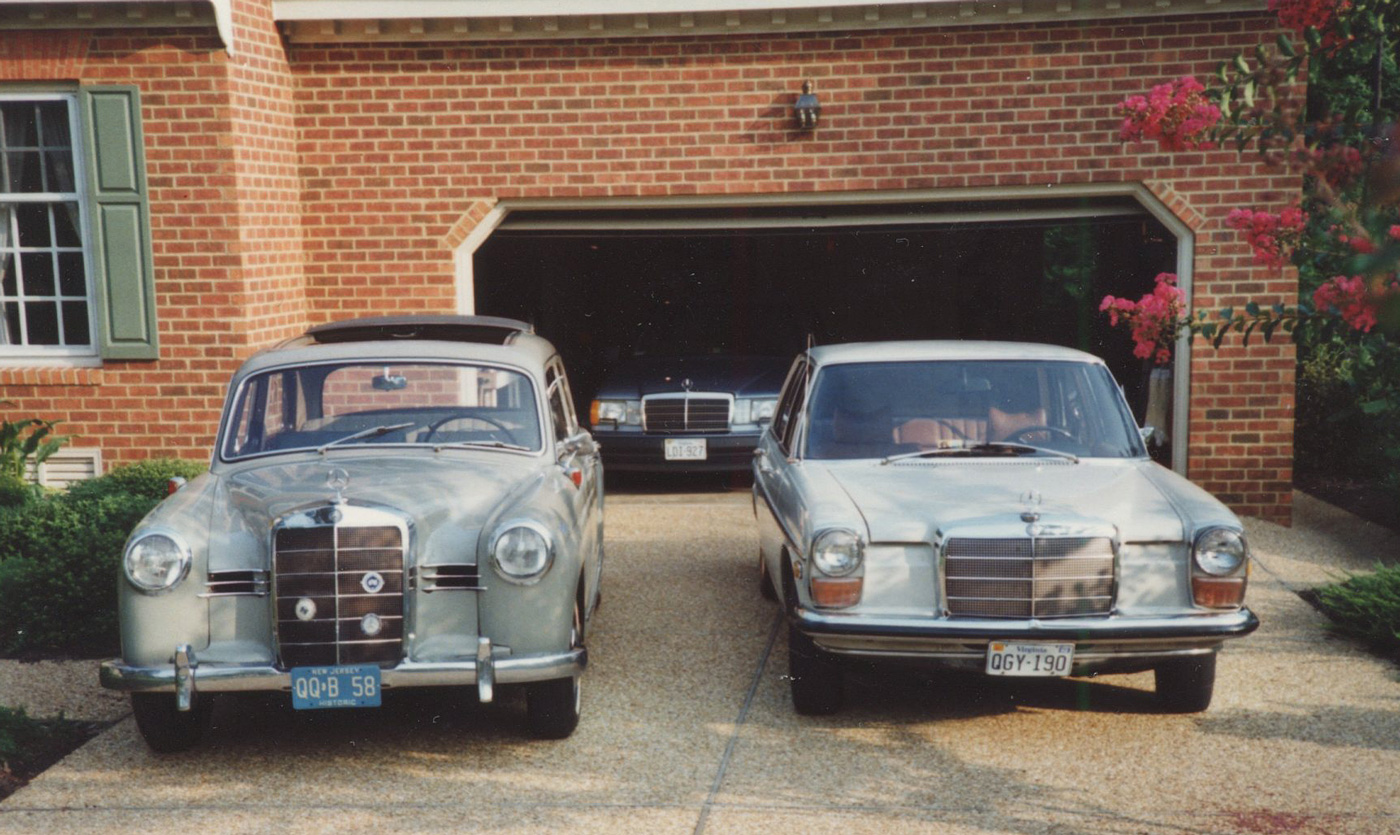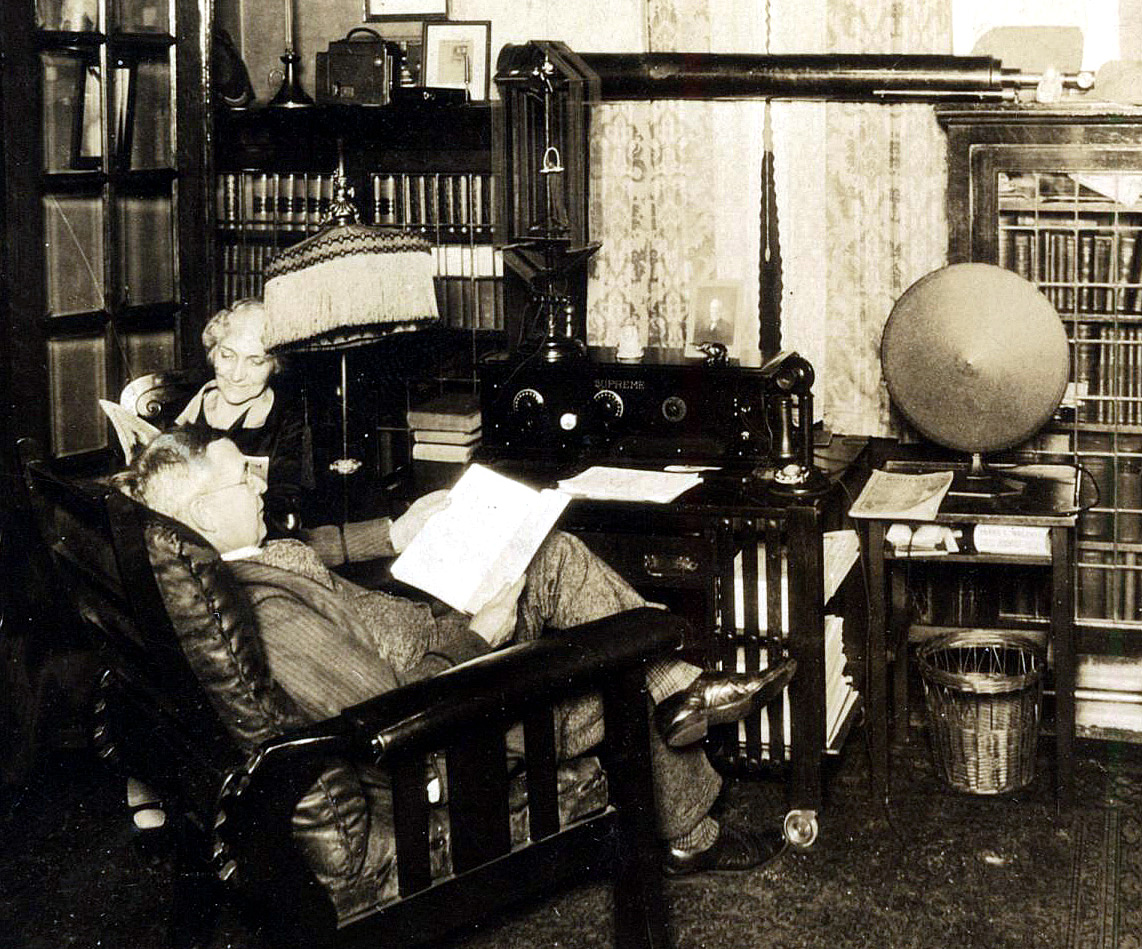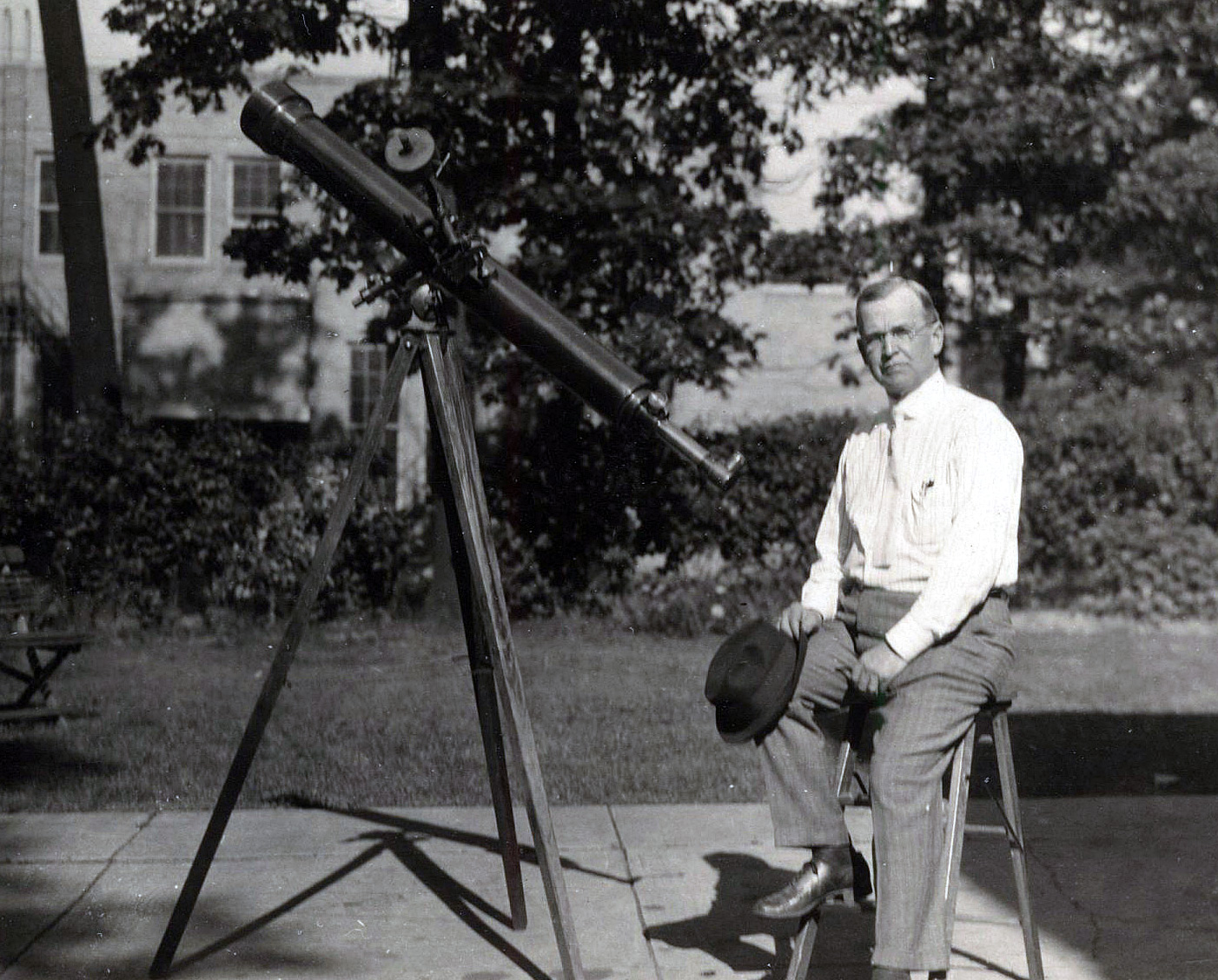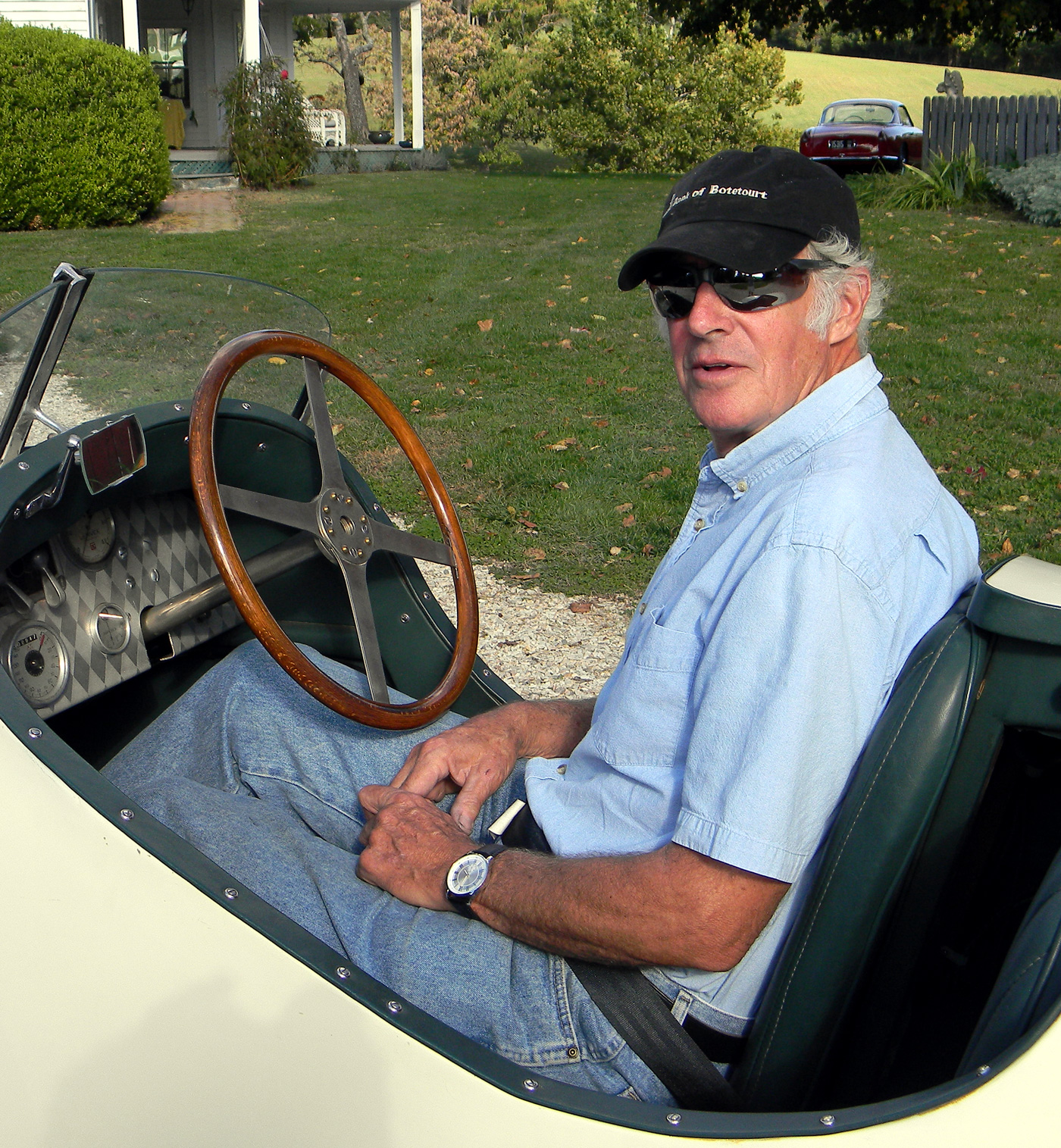By Pete Vack
There is no doubt that all of us have some connection to the distant automotive past through friends, relatives or experiences. But consider 91-year-old Frank Shaffer, whose great uncle Doctor Carlos Booth had a car constructed to his design at the dawn of the automobile in the 19th century; 125 years later, Frank drives a Smart Car and is witnessing the demise of what we have traditionally known as the automobile. What’s more, in a remarkable set of coincidences, we found that Frank’s great uncle Booth and his remarkable machine was documented by car collector and VeloceToday contributor Paul Wilson.
This incredible story began when I met Frank at a local auto parts store in 2006. He was younger then, zooming around Williamsburg, Virginia, in his three-wheeled motorcycle, having recently and regretfully sold his pontoon Mercedes 190 sedan.
Frank told me that when he was young and still living in Warren, Ohio, he attended the early Watkins Glen races and knew Cameron Argetsinger. This was exciting, as Frank had a good memory and was full of stories about those early years at the Glen. Eventually this would result in featuring Frank’s excellent photographs of the Glen’s early years in VeloceToday. He also told me a bit about the cars in his long life.
From Airflows to MGs
As a youth, Frank spent a lot of time with his maternal grandfather Fred Cornell, another car enthusiast. “I was old enough to remember his Willys-Knight and how quiet the motor was with the sleeve valves. His cars were his pride. He looked at a Reo and a Pierce-Arrow before buying a Chrysler Airflow. I was really impressed with the Chrysler. We went over a washboard road at full speed and it was so smooth. It never got wet or snowed on if it could be helped. He sold it in 1951 for $800 and the car was still in showroom condition.”
After WWII, Frank served in the Army and then went to college on the G.I. Bill. He was very interested in cars, and like his great uncle Carlos Booth, Frank made his own car – or at least modified one beyond recognition – a Model A Ford with a special body.
The Ford Sportster, however, gave way to an Austin A40 that he used in college while studying for a degree in Business Administration. A local motorcycle dealer by the apt name of Austin Davis wanted become an MG dealer, but knew he had to buy three Morris Minors to get one MG from “Wacky” S.H. Arnolt, the area distributor in Chicago.
And that’s how Frank ran into a character by the name of Boyd Brickley. Brickley was a mechanic and machinist who had a small shop in Leavitsburg, Ohio. Dealing with Austin Davis, Brickley would figure out ways to bring new Minors and MGs from Chicago to Ohio. He finally decided to try the new MGTD himself, but didn’t care for it and sold it to an eager Frank Shaffer for $1500.
Brickley then turned to buying Volkswagens, not an easy task in 1951. He found one for sale in Cleveland and talked Frank into driving his MG to pick up the VW. “We took rope to tow it if necessary, but it ran all the way home. We think it was brought to the U.S. by a GI, an early one thrown together after war. Upon getting it home, we took the body off and the engine out and rebuilt it. Brickley then made bumpers and headlamps to fit.
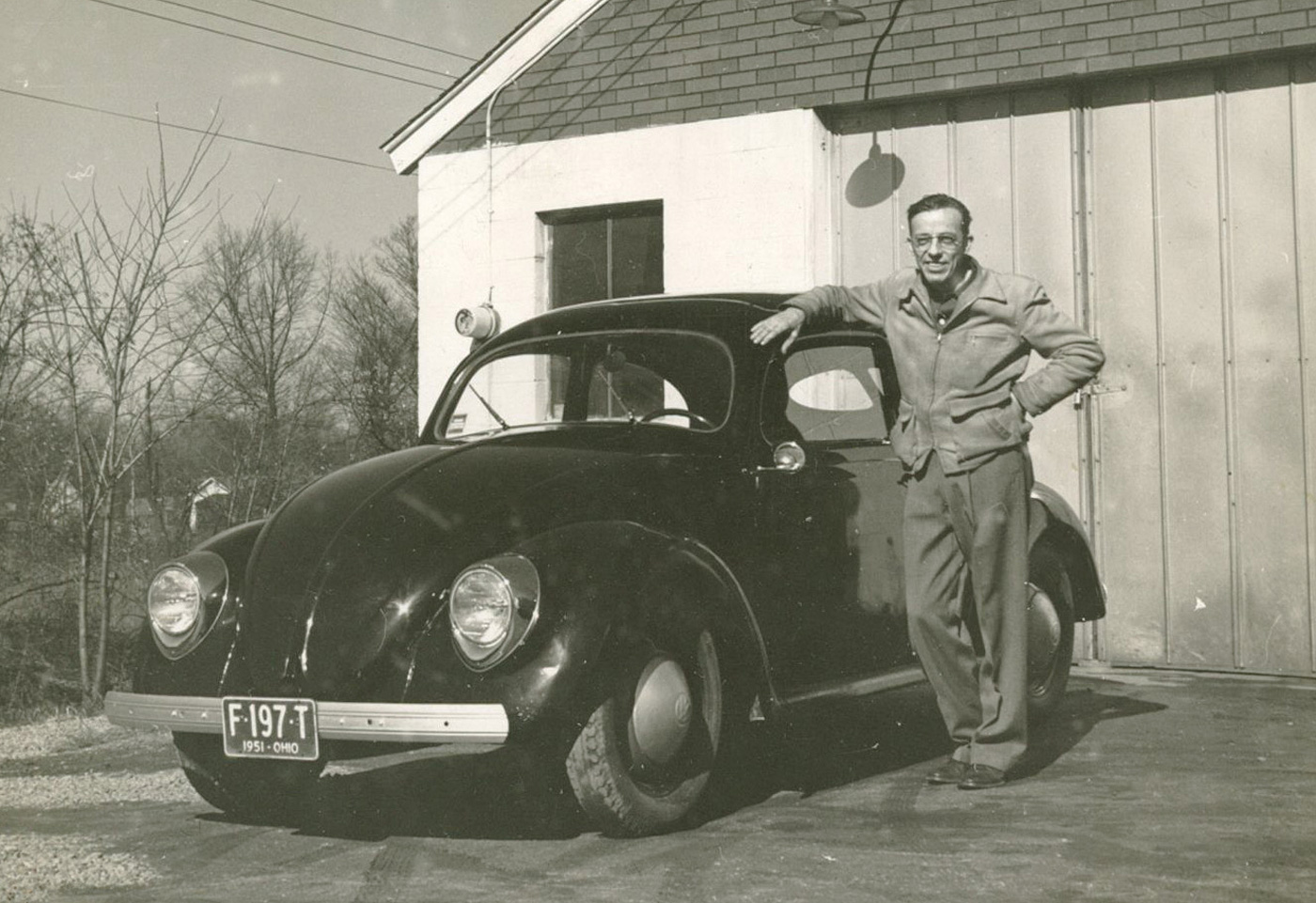
Boyd Brickley with the VW found in Cleveland, Ohio, about 1951. Note the headlights and front bumper. This was one of the very first post-war VWs. Shaffer photo.
Both Brickley and Frank missed out on the Volkswagen franchise that would soon make millionaires out of mechanics. Frank bought his first Volkswagen in 1954. Austin Davis, however, moved to Warren, Ohio where although he had to give up his British car franchise, he kept the Volkswagen dealership.
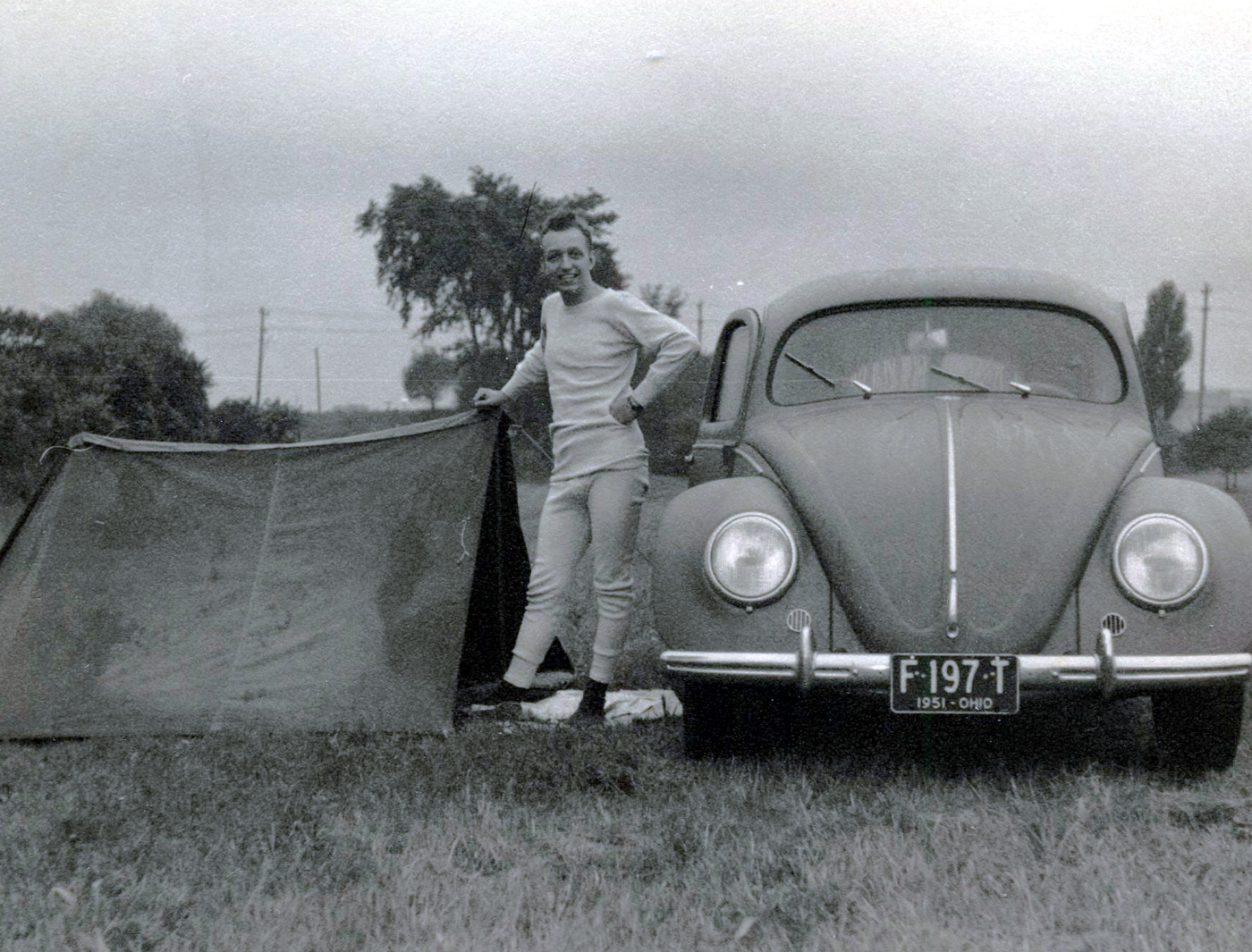
In 1951 Brickley bought a new VW which by that time had hydraulic brakes. Frank is photographed with the car on a trip to Canada. Traveling was a bit different back then. A lack of motels meant one brought a tent and longjohns.
Frank began a long career at Sears in 1951 but maintained his interest in cars all of his life, concentrating on Mercedes-Benz in later years.
Frank Shaffer’s Great Uncle Booth
Frank also mentioned that his great uncle Dr. Booth designed his own car which was built in 1895, more than fifty years before the first street race at the Glen. However, this was lost in the wake of the many Watkins Glen discussions.Then one day, Frank pulled out a rare book entitled The American Car Since 1775 by the Editors of Automobile Quarterly. There on page 77, was a photo of Dr. Booth and his horseless carriage being readied for the very first race in America, the Chicago Times Herald Race of 1895. As Frank gradually told me more Dr. Booth it became clear that his great uncle had an enormous influence on him, even from the grave.
Stories of Dr. Booth’s many exploits were handed down to Frank via Dr. Booth’s widow Pluma Booth née Shaffer. While the Shaffer family was known for its longevity, Dr. Booth died at the relatively young age of 67 on November 19, 1928, but had the time to see the birth of his brother-in-law Frank J. Shaffer’s grandson Frank Jay Shaffer on September 13, 1927.
Now a widow, great aunt Pluma, who occupied a ‘beautiful big house on the hill’ in nearby Youngstown, lived on for many years, and a young Frank Jay Shaffer often visited her. Pluma herself was a character, and drove a 1934 Ford ‘doctor’s coupe’, despite being crippled in a horse and buggy accident. Dr. Booth hated horses, which is why he decided to make his own automobile, and throughout his life owned a number of impressive cars.
Carlos and Pluma were, among many other things, adventurous. Frank kept a painted scarab beetle and a tiny ancient Egyptian statue that Pluma had given to him. “Carlos and Pluma went to Egypt, long before Carter discovered Tutankhamun’s tomb in 1922, and came back with these mementoes,” Frank recalled. Dr. Booth had an interest in astronomy and bought a large telescope so he could study the stars. He also had a fairly large houseboat named the Carlos II.
Carlos was well known in Youngstown, and his enthusiasm for cars was remembered by the community, as Frank found out one day as he visited Dr. Jones, a local doctor, for a skin ailment. The subject of Dr. Booth came up, and Jones told Frank how Dr. Booth once entered a car in a local race, but it broke down on the back stretch. Ironically for someone who hated them, Dr. Booth had to have his car towed back via horses. The term ‘get a horse’ was never more aptly applied. Even Dr. Booth’s neighbors told him to stick with medicine, as “the automobile would never replace the horse.” As we shall see, Dr. Booth’s automotive exploits were researched many years later by VeloceToday reader Paul Wilson
Letters to the Editor
Many years would pass before Frank would again mention his great uncle Dr. Booth. Then, in 2017 he wrote a comment about an article in VeloceToday written by fellow Virginian Paul Wilson.
Inspired by VeloceToday’s presentation of the wonderful cars of the Brighton Run, Paul Wilson decided to write a story for us called The Rapid Advancements of Horseless Carriages, using Jonathan Sharp’s photos from the Brighton Run to illustrate the article. It was published on August 22, 2017.
Needless to say, Frank Shaffer is an avid reader of VeloceToday as well, and although he had never met Wilson, he read Paul’s article with interest. He wrote a comment which appeared at the bottom of Paul’s story:
That was a great article. It would be great to run an article on the Times-Herald trials and contest. My great uncle, Dr. Carlos Booth, had a car built in the Youngstown carriage shop but it wasn’t ready for the contest. He was noted as the first doctor use a car to call on his patients. But was ordered off the streets for scaring the horses. My great aunt related many stories of the problems encountered. It would be great if we could get together to get some of this recorded.
For Paul Wilson, this was an extraordinary coincidence. He responded immediately:
Hi Frank Shaffer,
50 years ago I got started on a book about the really early cars, based on my reading of all The Horseless Age from 1895 on, and one of my sections (not a full chapter) was on your great-uncle! I’ll see if I’ve still got that stuff. There were lots of great stories, lots of insight into the circumstances of introducing cars to replace horses. My best source was the annual Doctor’s Issue of HA, where doctors compared the cost of the car vs. the horse, for their country practice…
This seemed incredible. Frank and Paul were connected, literally, by their common interest in Dr. Carlos Booth, Frank’s great uncle, all happily via VeloceToday. We could now put it all together and publish Paul’s original research now accompanied by historical photographs of Dr. Booth from the Shaffer collection. Click here to read Paul’s story.
